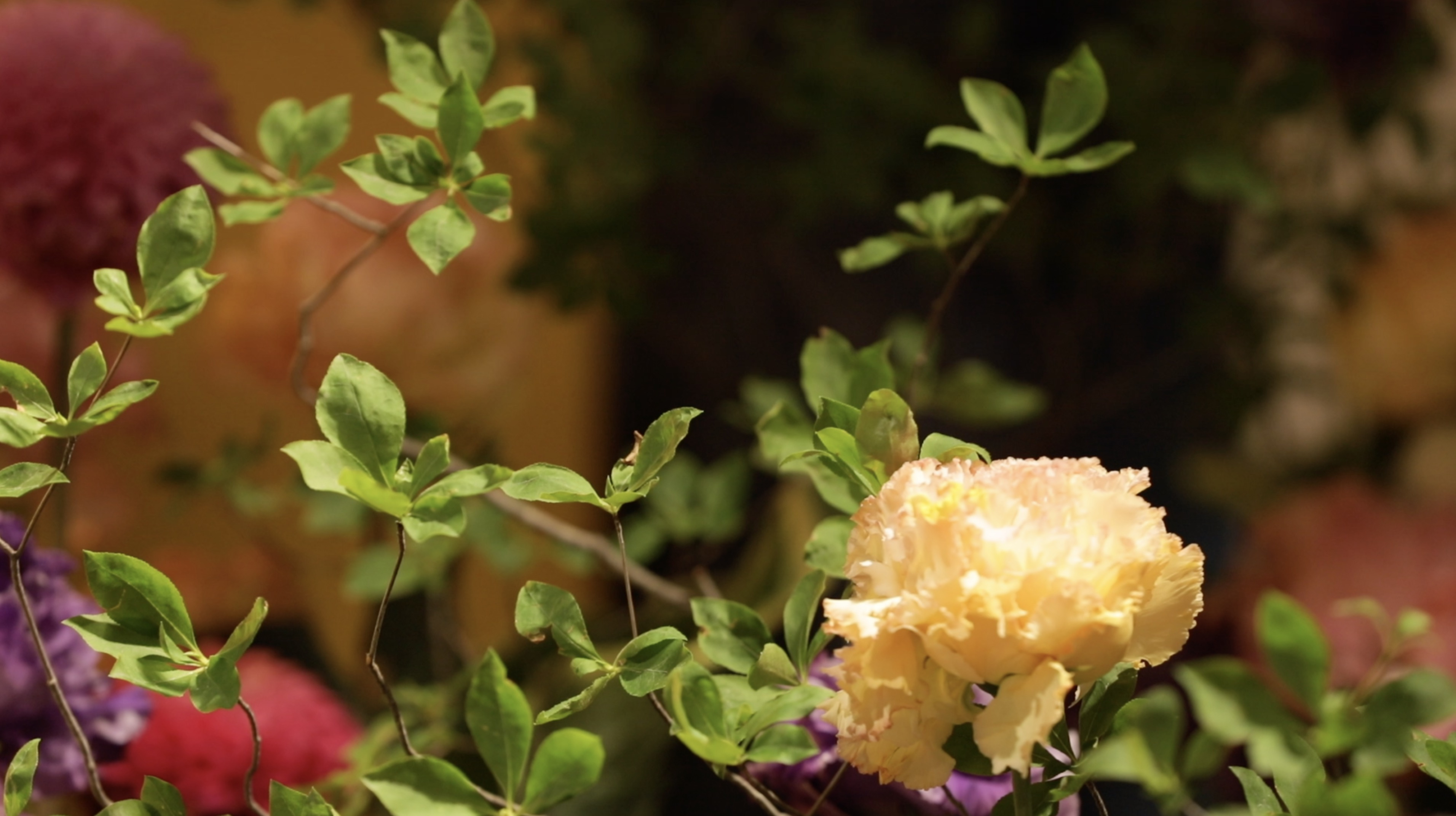

Ikebana is an ancient Japanese art of flower arrangement. It is one of the three classical Japanese arts of refinement, along with incense appreciation and tea ceremony. It's also known as Kado, which means "the way of the flowers."
The tradition can be traced back to Buddhism or early ceremonial practices of the Shinto religion. In traditional Ikebana, symbolism and seasonality are always prioritized. For example, chrysanthemum is preferred in the autumn season while narcissus is commonly used in the spring season. An odd number of flowers are generally considered lucky.
For many people, ikebana is more than just decoration, it's also a spiritual process that allows practitioners to connect with the nature.
Although ikebana is a creative art activity. There are some rules to govern the creation, like arranging the flowers in silence so one can meditate and achieve inner peace in the process.
There are more than 3000 schools of Ikebanam, including Rikka, which means "standing flowers" and Moribana style, meaning "piling up of flowers."
In the video today, we explore this unique Japanese art of flower arrangement at the Japanese pavilion of the ongoing Beijing International Horticultural Expo.
About 'Plants & Nations'
"Plants & Nations" is a series of articles and pictures about common plants in the world. It serves as a guide to beautiful plants from different countries.
For more pictures, please click here:
The double coconut: The rare-shaped plant from Seychelles
The pomegranate: Symbol of Granada, Spain
Blue water lily: The sacred flower of ancient Egypt
Colors and rhythm: the country of orchids in the Amazon jungle
The ebullient 'Red Lady' in Malaysia
Dahlia: Mexico's national flower
(The video is filmed by Gaoliang and edited by CGTN's Ding Qian)
(If you want to contribute and have specific expertise, please contact us at nature@cgtn.com)

Copyright © 2018 CGTN. Beijing ICP prepared NO.16065310-3
Copyright © 2018 CGTN. Beijing ICP prepared NO.16065310-3